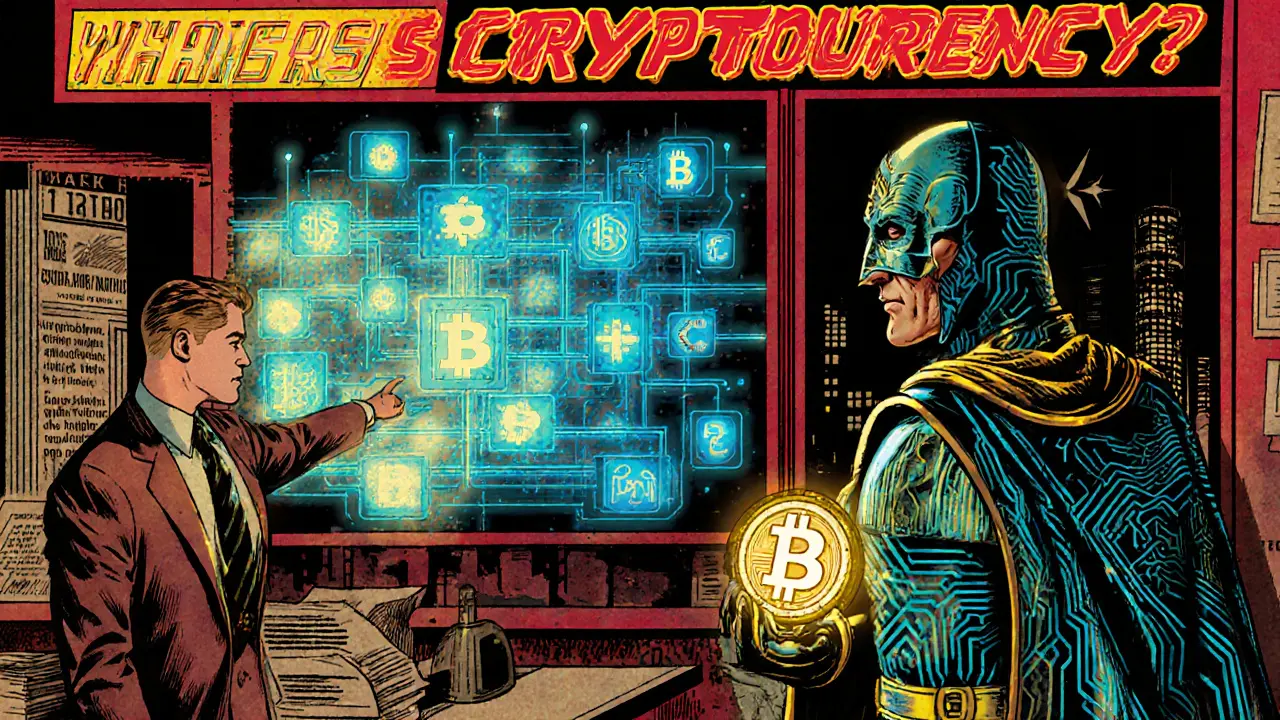How P2P Technology Evolved Within Blockchain Systems
Explore how peer-to-peer technology evolved from early file-sharing to modern blockchain networks, covering consensus, scaling solutions, and future trends in a clear, concise guide.
Read MoreWhen working with blockchain, a distributed ledger that records transactions across many computers without a central authority. Also known as distributed ledger technology, it powers cryptocurrencies, smart contracts, and a growing range of decentralized apps. Understanding how blockchain works is the first step to navigating the crypto space, whether you’re buying tokens, developing dApps, or evaluating market trends. At its core, blockchain encompasses a peer‑to‑peer network, cryptographic security, and an immutable record of events. These three pillars enable trustless interaction, which in turn fuels everything from finance to supply‑chain tracking.
One of the biggest shifts today is the rise of modular blockchain, an architecture that separates consensus, data‑availability, and execution layers so each can evolve independently. This approach lets developers plug in specialized rollup engines, improve scalability, and avoid the hard trade‑offs of monolithic chains. Because modular blockchain requires distinct data‑availability solutions, projects like Celestia have introduced sampling techniques that let validators verify large data sets with minimal bandwidth. The shift to modular designs also creates new business models around data‑availability services and validator infrastructure.
Another frequent source of change is blockchain forks, protocol upgrades that split an existing chain into two separate networks, either softly (compatible) or hard (incompatible). Forks influence everything from token economics to community governance, and they often arise from disagreements over scaling solutions or security patches. By studying past hard forks—like Bitcoin Cash or Ethereum’s Constantinople—you can see how market sentiment reacts, how miner incentives shift, and how new ecosystems emerge. Forks also highlight the importance of clear upgrade pathways in any blockchain project.
Beyond technical upgrades, blockchain voting, a decentralized decision‑making process that uses smart contracts to let token holders cast and tally votes on protocol changes is reshaping governance. Voting enables stakeholders to propose upgrades, allocate treasury funds, or adjust fee structures without a central authority. Real‑world pilots in local elections and corporate shareholder meetings demonstrate how cryptographic proofs can improve transparency and reduce fraud. When combined with self‑sovereign identity, voting becomes both secure and privacy‑preserving.
Speaking of identity, self‑sovereign identity (SSI), a model where individuals control their own digital credentials on a blockchain, sharing only what’s needed for verification is gaining traction. SSI relates to blockchain voting because it can authenticate voters without exposing personal data, and it also ties back to modular blockchain designs that can host identity layers separately from transaction processing. Projects building SSI solutions illustrate how you can own your data, earn royalties on content, and stay compliant with emerging regulations—all while keeping a cryptographic audit trail.
All these pieces—modular architectures, forks, voting mechanisms, and SSI—show how blockchain is more than just a currency ledger. It’s a flexible platform that adapts to new use cases, from finance to governance to personal data management. In the collection below you’ll find deep dives into each of these areas, practical guides on protecting validators, analyses of recent airdrops, and real‑world case studies of crypto regulation. Whether you’re a beginner trying to grasp the basics or a seasoned developer looking for the latest on modular rollups, the articles ahead will give you actionable insights and a clearer picture of where the blockchain ecosystem is headed.

Explore how peer-to-peer technology evolved from early file-sharing to modern blockchain networks, covering consensus, scaling solutions, and future trends in a clear, concise guide.
Read More
Learn what cryptocurrency is, how blockchain works, key coins like Bitcoin and Ethereum, and how to safely start investing with wallets and exchanges.
Read More
Learn what XDB CHAIN (XDB) is, how its blockchain works, key features, market data and how to start using or buying the token.
Read More